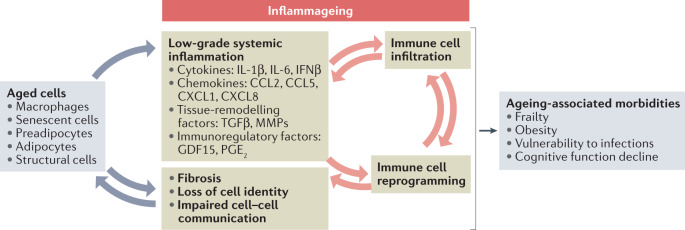Fig. 1. Cellular and molecular components of inflammageing.
Low-grade chronic systemic inflammation, or inflammageing, comprises multiple inflammatory factors that originate from various cellular sources in aged organisms. Aged pro-inflammatory tissue macrophages produce cytokines and chemokines168, and senescent cells secrete a plethora of pro-inflammatory components and matrix metalloproteinases (MMPs) as components of the senescence-associated secretory phenotype113,114. Moreover, non-immune cells, such as adipocytes, preadipocytes and stromal cells (including fibroblasts and endothelial cells), contribute to inflammageing by secreting soluble inflammatory factors and altering the tissue microarchitecture of aged organs7. The pro-inflammatory chemokines drive excessive immune cell infiltration in tissues, where the cytokines (such as IL-6 and IL-1β) and immunoregulatory factors (such as prostaglandin E2 (PGE2)) reprogramme immune cell subsets to a more pro-inflammatory and dysfunctional state169,170. In turn, the dysfunctional immune cells, including macrophages and T cells, amplify the inflammatory and destructive processes in ageing tissues169,171,172. This crosstalk between cellular and molecular components of inflammageing ultimately results in a progressive functional decline in various organs and leads to age-associated diseases. CCL, CC-chemokine ligand; CXCL, CXC-chemokine ligand; GDF15, growth/differentiation factor 15; IFNβ, interferon-β; TGFβ, transforming growth factor-β.

